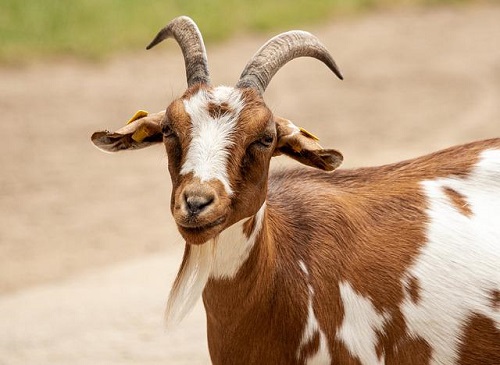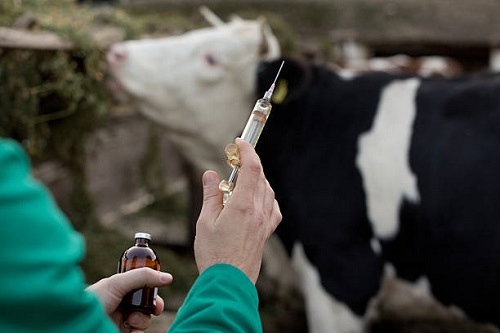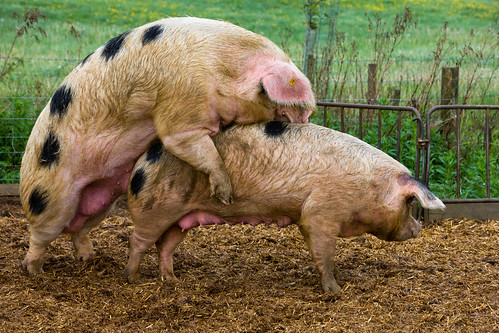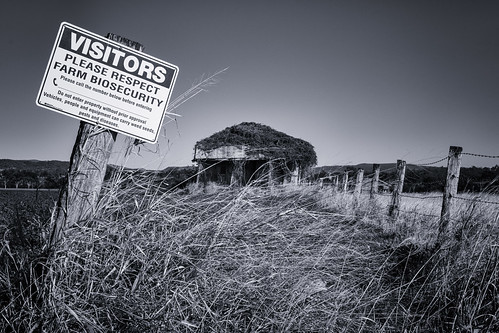Listeriosis is a serious contagious bacterial disease that affects many different species of animals, including goats, sheep and cattle. It can cause severe health problems in goats, including abortion, pneumonia, encephalitis, and death.
Listeriosis is a zoonotic disease, which means it can be transmitted from animals to humans. Humans can contract listeriosis through contact with infected animals, consuming contaminated animal products, or consuming contaminated food or water.
Symptoms of Listeriosis
Listeriosis in goats and cattle occurs either in an abortion form or a nervous form. In the abortion form, it is asymptotic and causes only abortion in a pregnant host.
In the nervous form, the symptoms include:
- Loss of appetite
- High fever
- Red tissues around the eyes
- Loss of sight (blindness)
- Depression
- Circling in a single
- Paralysis of one side of the face characterized by drooping eyelid, droopy ear and drooping lips (and drooling)
- Seizure or fits
Also Read: Hoof Rot in Goats: Causes, Treatment and Prevention
Causes of Listeriosis
The causative organism of listeriosis is Listeria monocytogenes. Listeria monocytogenes is a bacterium that is often seen in cooler or cold climates. An animal can be infected by inhaling, swallowing or getting the bacteria into its eyes.
The bacteria are known to be hardy and can be found in the following:
- Soil
- Spoiled round bales of silage and hay
- urine
- manure
- milk
- rotting woody debris
- unclean or dirty feed bunks
- nose and eyes of infected animals
While the bacteria can be easily destroyed or killed by common disinfectants, they are capable of surviving in soil, urine, feces, etc. and other living tissues for five years (or more). Wild birds and mammals are suspected to be the primary carrier of listeriosis bacteria on a farm. The organism will then persist on forage grasses and legumes, in soils, feed and feed bunks.
There are predisposing factors for listeriosis in goats and cattle. They are:
- Sudden changes in feeds or weather
- Changes in management procedures
- Poor nutrition
- Parasitism
- Other diseases
- Advanced pregnancy
Treatment, Control and Prevention of Listeriosis
Listeriosis has no cure, especially for small ruminants. This is because infected goats, cattle or sheep often die after coming down with the disease. In a situation where there is a listeriosis outbreak on a farm, the first thing to do is to isolate all infected animals. If the animals are fed round bales of hay or silage, it should be discontinued.
To prevent listeriosis in goats and cattle, high-level biosecurity measures should be taken. Any newly introduced animals must be quarantined. All areas of the farms and equipment which include the sheds, pens, floors, feeders, waterers and feed bunks must be thoroughly cleaned and disinfected.
Also Read: 5 Common Diseases of Goats
Health Concerns for Animal Handlers
Listeriosis is a zoonotic disease; hence, extreme carefulness is required to avoid being infected. This includes:
- Take extra caution when handling sick or dead animals and avoid eating meat or other products from them. If milk is to be consumed, ensure it is well pasteurized or boiled before consumption.
- Thoroughly wash hands after handling sick or dead animals. Clothes and shoes should be disinfected.
- A pregnant handler should avoid infected animals (alive or dead) and should not assist in the delivery of any animal.



